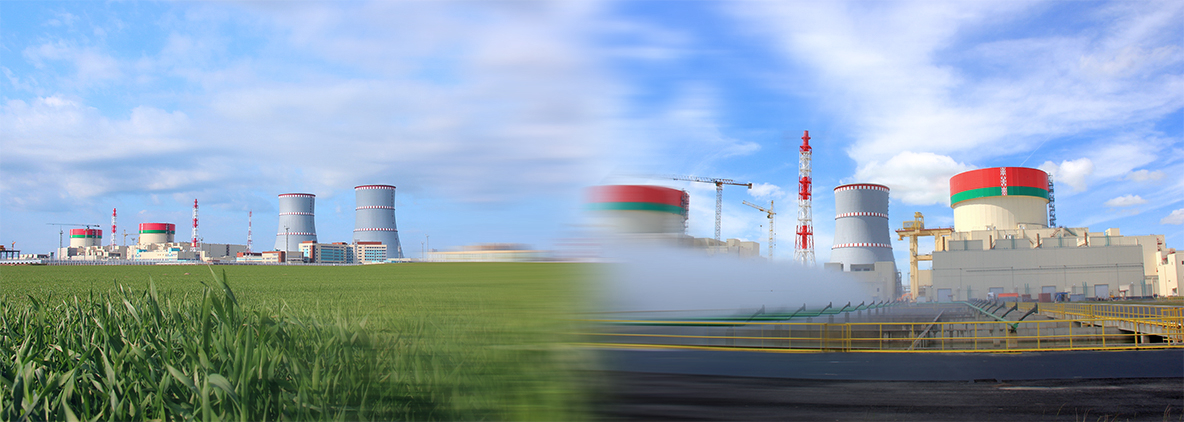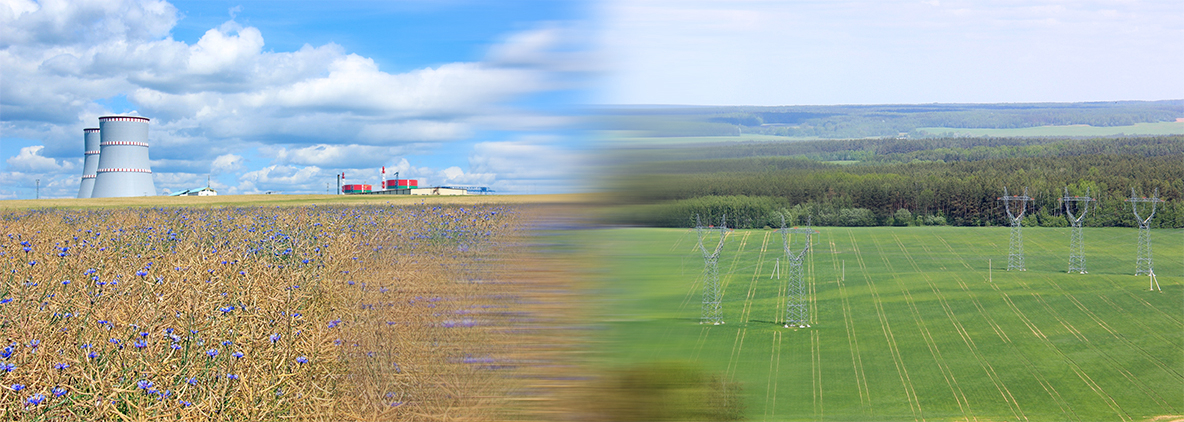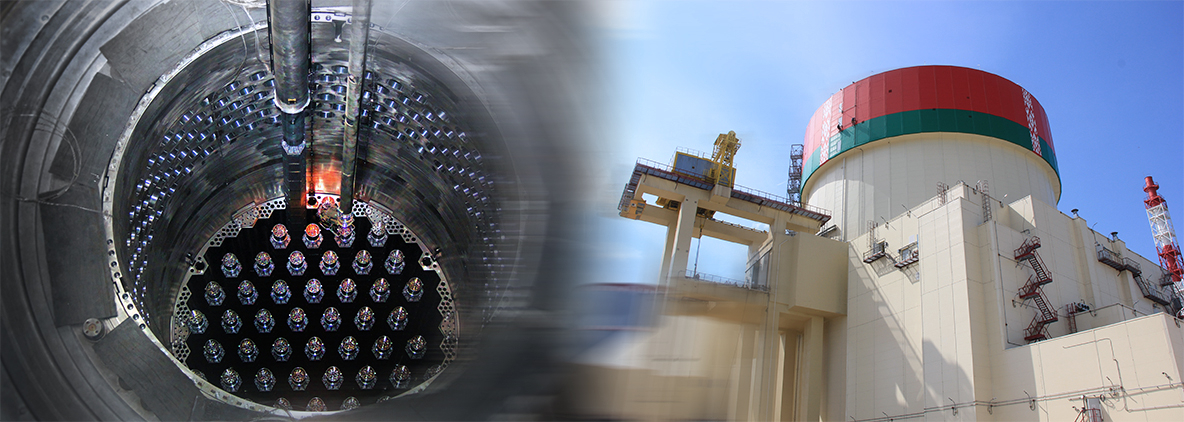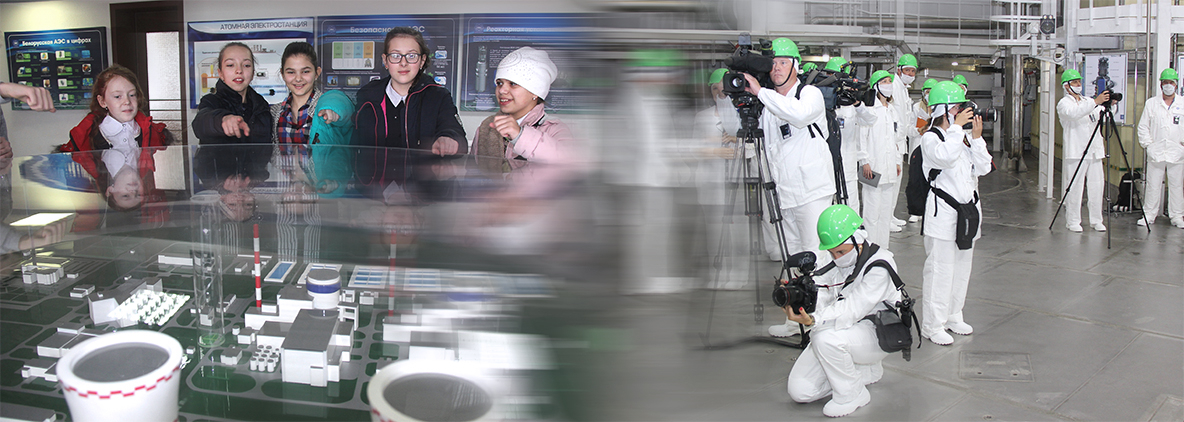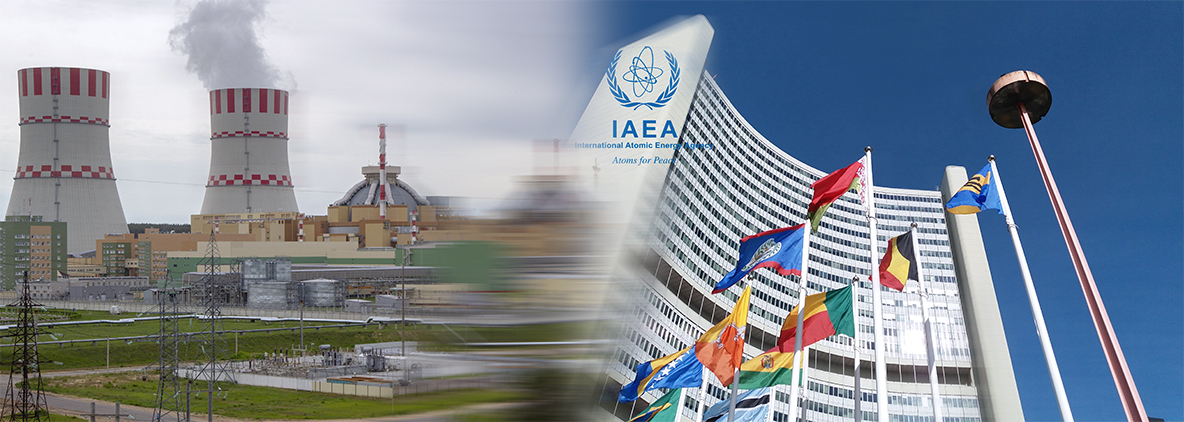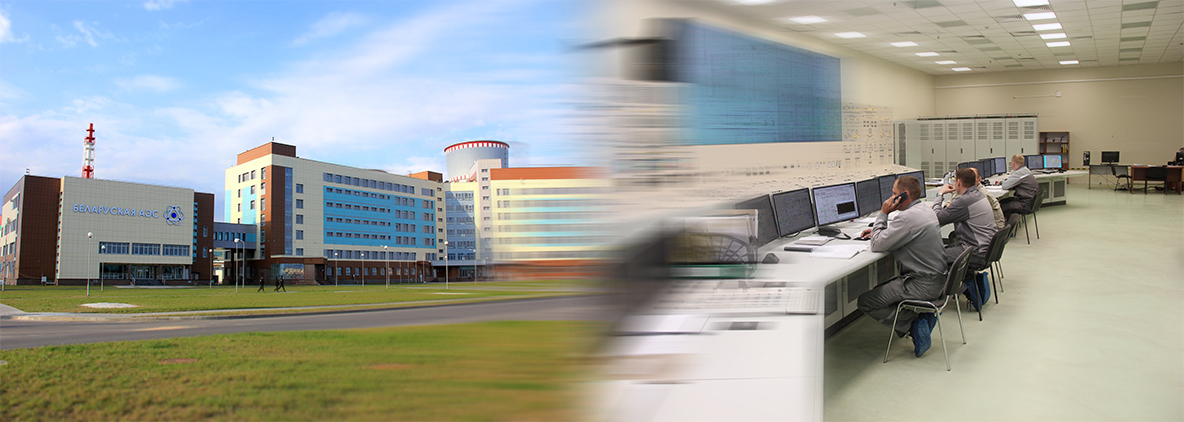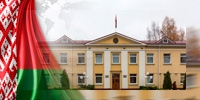Address:
Administrative and laboratory building (00UYA)
Vornyany village council, 2/7
Ostrovets district, Grodno region, Republic of Belarus 231220
Е-mail: belaes@belaes.by
NPP Information Center: ic@belaes.by

Phones:
Reception: +375 (1591) 4-53-59, fax: +375 (1591) 4-54-00
HR department: +375 (1591) 45-357; +375 (1591) 46-697
Accounts department: +375 (1591) 46-358
NPP Information Center: +375 1591 46 605
Purchases: +375 (1591) 4-67-19, +375 (1591) 4-67-34
Отдел информации и общественных связей
Polish nuclear industry experts to evaluate Belarusian nuclear station progress
Representatives of the National Atomic Energy Agency of Poland are expected to visit Belarus on 26-28 May to get familiar with the project to build the Belarusian nuclear power plant, representatives of Nuclear and Radiation Safety Department (Gosatomnadzor) of the Belarusian Emergencies Ministry told BelTA.
During the visit a large number of matters concerning the establishment of Gosatomnadzor will be discussed, including licensing, inspections, and the training of specialists, said the source. The Polish experts are expected to visit the nuclear power plant construction site in Ostrovets and the information center of the enterprise Belarusian Nuclear Power Plant.
BelTA has been told that the visit of Polish specialists is a reciprocal visit after a Belarusian delegation visited Poland in May 2013. Back then the Polish side presented legislation and the legal infrastructure in the area of nuclear and radiation safety, oversight and monitoring of the radiological situation in Poland. Relevant specialists from Belarus visited, in particular, the national center for nuclear research in Swierk where they were made familiar with the operation of the research reactor Maria, examined the spent nuclear fuel storage facility and the radio isotope center Polatom. The sides noted the mutual interest of regulating bodies of Belarus and Poland in ensuring regional safety and in sharing the best practices and personnel training, concluded the source.
The Polish delegation will include five people led by Janusz Wlodarski, President of the National Atomic Energy Agency of Poland.
France, Finland agree to join Belarus NPP monitoring
French and Finnish ecologists are ready to join the public environmental impact monitoring of the Belarusian nuclear power plant (NPP), Chairman of the Council of the Belarusian public association Ecological Initiative Yuri Solovyov told a press conference hosted by BelTA on 25 April.
“Our French and Finnish counterparts confirmed their readiness to take part in the program to monitor the construction of the nuclear power plant in Belarus,” he said.
In his words, the matter pertains to the study of the NPP impact on the flora and fauna of the Viliya river basin not far from the NPP construction site and the impact of the plant on other environmental components in the vicinity. It is expected that this stage of the monitoring program will be launched this year.
Belarusian ecologists are working on the budget necessary for the implementation of these programs and reimbursement of the costs of transfer, catering and staying for foreign colleagues who are expected to partake in the monitoring, Yuri Solovyov said.
Full license for first power-generating unit of Belarusian nuclear station within week
The Belarusian nuclear power plant intends to get the full license for the first power-generating unit next week, BelTA learned from Anatoly Bondar, Chief Engineer of the enterprise Belarusian Nuclear Power Plant, during a mass media tour to the Ostrovets construction site on 17 April. The tour had been arranged by the Energy Ministry.

The full license authorizes the entire volume of the work before the nuclear power plant is commissioned. “The full license is under consideration. Conditions for the license’s effect are being prepared by the Nuclear and Radiation Safety Department of the Belarusian Emergencies Ministry,” explained the specialist. The work proceeds on schedule. Yet he added that experts of the Nuclear Energy Institute Sosny had had quite many remarks about the design documents. The operating organization and the general designer had done effective work to address the remarks, stressed Anatoly Bondar.
Construction workers started pouring concrete into the foundation of the facilities that will make up the first power-generating unit of the Belarusian nuclear power plant at the Ostrovets site in November 2013. The Belarusian nuclear power plant will boast two power-generating units with the total generating capacity of up to 2,400MW (1,200MW each). The Russian design AES-2006 has been chosen to build the power plant. The design is fully compliant with international standards and IAEA recommendations. The Russian merged company OAO NIAEP – ZAO Atomstroyexport (ASE) is the general designer and the general contractor for building the power plant. The timeline for implementing the project is stipulated by the general contract. The first power-generating unit of the nuclear power plant is scheduled for launch in November 2018.
As of 5 April as much as 5% of the total work required to build the Belarusian nuclear power plant was completed.
Belarusian nuclear station project past 5% progress mark
As much as 5% of the total work needed to build the Belarusian nuclear power plant has been done, BelTA learned from Andrei Barkun, Deputy Director General for Capital Construction of the enterprise Belarusian Nuclear Power Plant, during a mass media tour arranged for Belarusian and foreign reporters as part of the sixth international nuclear industry expo and conference AtomExpo Belarus 2014 on 3 April.
Andrei Barkun confirmed that the time gap between the start of the construction of the first and second power-generating units of the nuclear power plant was only six months instead of 1.5 years. The headway was secured thanks to the earlier start of excavation operations at the construction site of the second power-generating unit. Thanks to this they were able to more effectively use the equipment that was no longer needed after excavation operations were finished at the construction site of the first power-generating unit. According to the Deputy Director General for Capital Construction of the Belarusian Nuclear Power Plant, the fulfillment of the financial plan of the construction project is getting close to 5%. He explained that equipment of the nuclear power plant accounts for a large part of the prime cost of the nuclear power plant. “So far tenders have been held for 70% of the equipment the first and second power-generating units need, contractors have been chosen, contracts have been signed. Parts are now manufactured and some of them require from one to two years to make. The first payments have been transferred to the manufacturers,” said Andrei Barkun.
A core catcher was delivered to the first power-generating unit construction site in late autumn. The installation will begin in May. The executive explained that the core catcher was delivered ahead of the schedule because the supplier had concerns about its inability to make it on time due to late river navigation forecasts for 2014. The bottom part of the core catcher is at the preinstallation site of the first power-generating unit’s construction site.
According to the latest data as many as 2,600 people are employed at the Belarusian nuclear power plant construction site, including about 2,100 Belarusian workers. The other 500 workers are employees of the Russian company Rosspetsenergomontazh. The company employs a lot of Belarusians and specializes in erecting energy industry installations. Two former specialists of the Ignalina nuclear power plant have been hired to work for the Belarusian Nuclear Power Plant. One of them is the head of a turbine division. By the end of the year the number of workers involved in the construction of the Belarusian nuclear power plant is expected to reach 3,400 people. “The volume and the pace of the work will be higher,” said Andrei Barkun. “Work is now in progress at 40 facilities of the nuclear power plant. Work on 15 of them began in Q1 2014. A total of 120 facilities of the Belarusian nuclear power plant will have to be built”.
6th International Conference and Exhibition ATOMEXPO-Belarus 2014
The web-site operates error-checking system. If you find a mistake, highlight it and press Ctrl + Enter.






